Artist: Agnieszka Brzeżańska
Title: So remember the liquid ground
Venue: eastcontemporary, Milan
Curated by eastcontemporary with accompanying text by Gabi Scardi

What can we learn from water?
The notion of fluidity and liquidness has been explored in cultural, social and political theory over the last decade. ‘So remember the liquid ground’ writes Luce Irigaray in the Marine Lover of Friedrich Nietzsche.[1] For Irigaray, the eponymous ‘liquid ground’ means water, which, however, is understood as something more than just the liquid substance. Water is a site of possibilities and a force of differentiation. A powerful medium animating and connecting all watery bodies, human and non-human, from the depths of oceans to our homes and gestating bodies within our bodies.
‘From watery womb to watery world: we are bodies of water’[2] – both embodied, with all cultural implications, and comprising water, mostly in the context of biology and ecology. Water is not just something out there, a resource or commodity. It is our own materiality. Through hydrological cycles and movements, water connects all bodies across different times and spaces, and such flow might be seen as a logic of connection or communication, which extends beyond the human into a more expansive sense of ‘we’. A sense, which indeed permeates the work of Agnieszka Brzeżańska (born 1972, Gdańsk), a Polish visual artist, herbalist and water enthusiast.
Immersed in the mystical and otherworldly dimension, the exhibition ‘So remember the liquid ground’ presents a series of Brzeżańska’s ceramics, textile works and paintings mostly inspired by the water’s historical, social, cultural, and ecological significance. Here, the concept of water becomes life’s matter and matrix, mother and medium. An endless reservoir of symbols, myths and metaphors. This unique universe is built by Brzeżańska through the use of different registers of knowledge, from Slavic mythologies and philosophy to systems of cognition marginalized by modern science, such as alchemy, parapsychology, esotericism, native knowledge or matriarchal traditions.
Aquatic ecosystems, and above all the figure of the river, constitutes an important element in Brzeżańska’s work. A notion clearly present in the emblematic 25 meters long The Vistula Textile, made by immersing the cotton fabric in the river, which deposited its organic matter onto it, creating a natural background for Brzeżańska’s abstract painting. The work was made during Flow / Przepływ, an annual water-based artistic residency on a raft organized by the artist, who encourages her guests to immerse themselves into this unique watery experiment of being together and living within nature.
The fluid configuration of the Mind Playing with Thoughts and the organic shapes of vases and other ceramics recalling feminine body parts, often associated with the expulsion of bodily liquids, might remind us about some ancient Slavic myths or a holistic way of thinking about the structure of the world in its matriarchal dimension. Unlike the self-centered consciousness of the civilized man, the world of nature is oriented towards a sense of balance and collectivity. This way of thinking was common within the Slavs and their traditions mostly identified with a deep relationship with nature, agrarian culture and egalitarianism. The presented works somehow emanate these ancient truths encouraging at the same time the humans’ return to the foreknowledge, the latent nature and the archetypal structure of the subconscious.
Through her artistic practice Agnieszka Brzeżańska evokes the past from which she draws different sunken memories and images rooted in a collective memory. The linear treatment of time, made up of separate events, is challenged in favor of the depths of the subconscious, where the past and the present interpenetrate each other, creating an inextricable watery substance. The symbolic power of water is distinguished by a strong and varied repertoire of emotional and sensual associations too. Indeed, we might particularly experience them, while listening to the sound sculpture Singing with the mountain meadow or immersing our body with its all senses into the smoke of the burning incenses prepared by Brzeżańska itself.
As suggested by the authors of Thinking with Water[3], it is the water that constantly registers our common past in its molecular archive. The past becomes present through memory of water. The exhibition “So remember the liquid ground” by Agnieszka Brzeżańska draws attention to these mnemonic properties of water perceived as a matrix of multi-generational memory. It is an attempt to summon us to the forgotten integrity of man and nature, which is not lost, but only hidden.
Agnieszka Faferek and Julia Korzycka
The exhibition was organized in collaboration with BWA Warszawa and thanks to the support of the Consulate General of Poland in Milan and the Polish Institute in Rome.








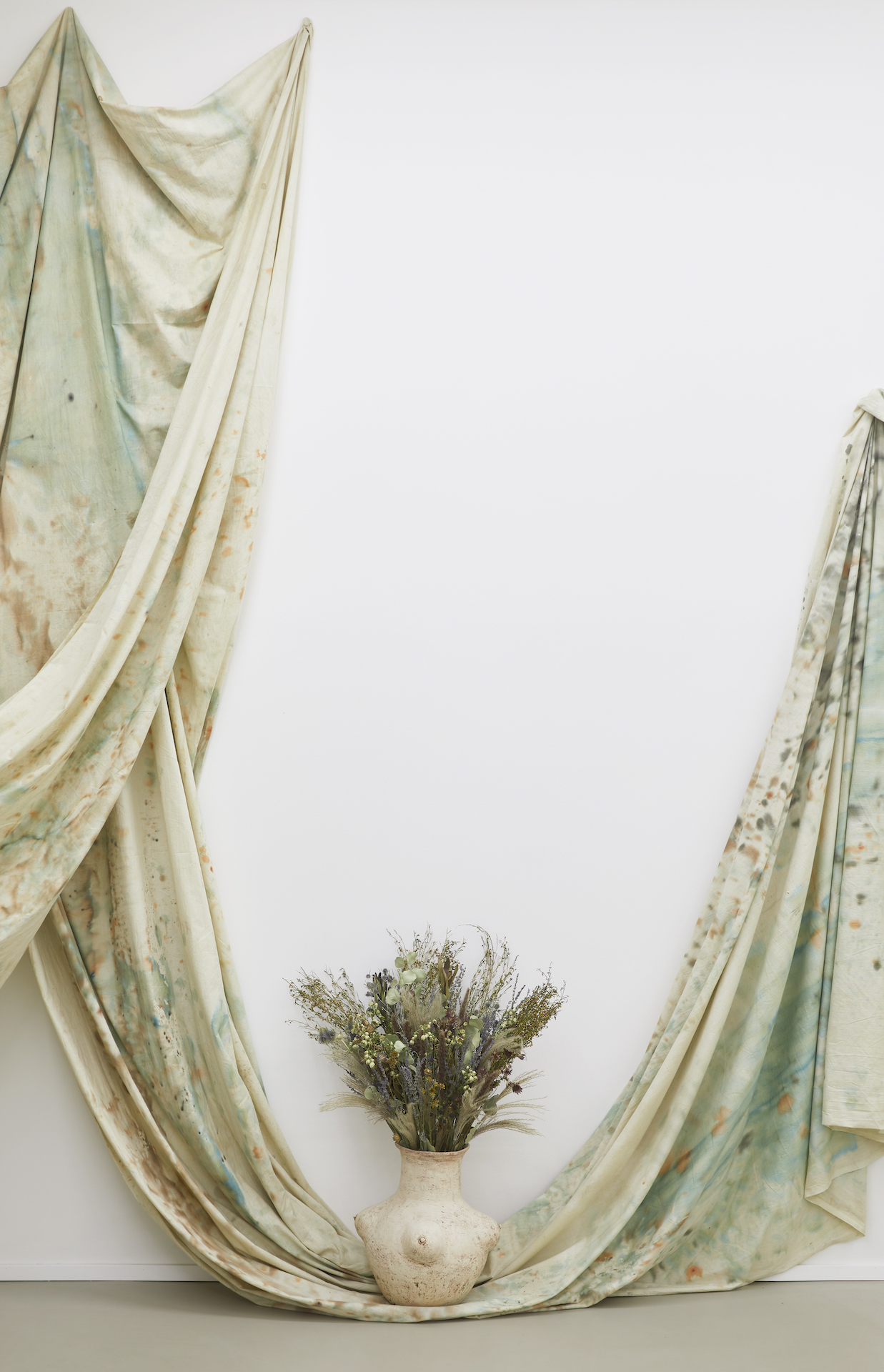
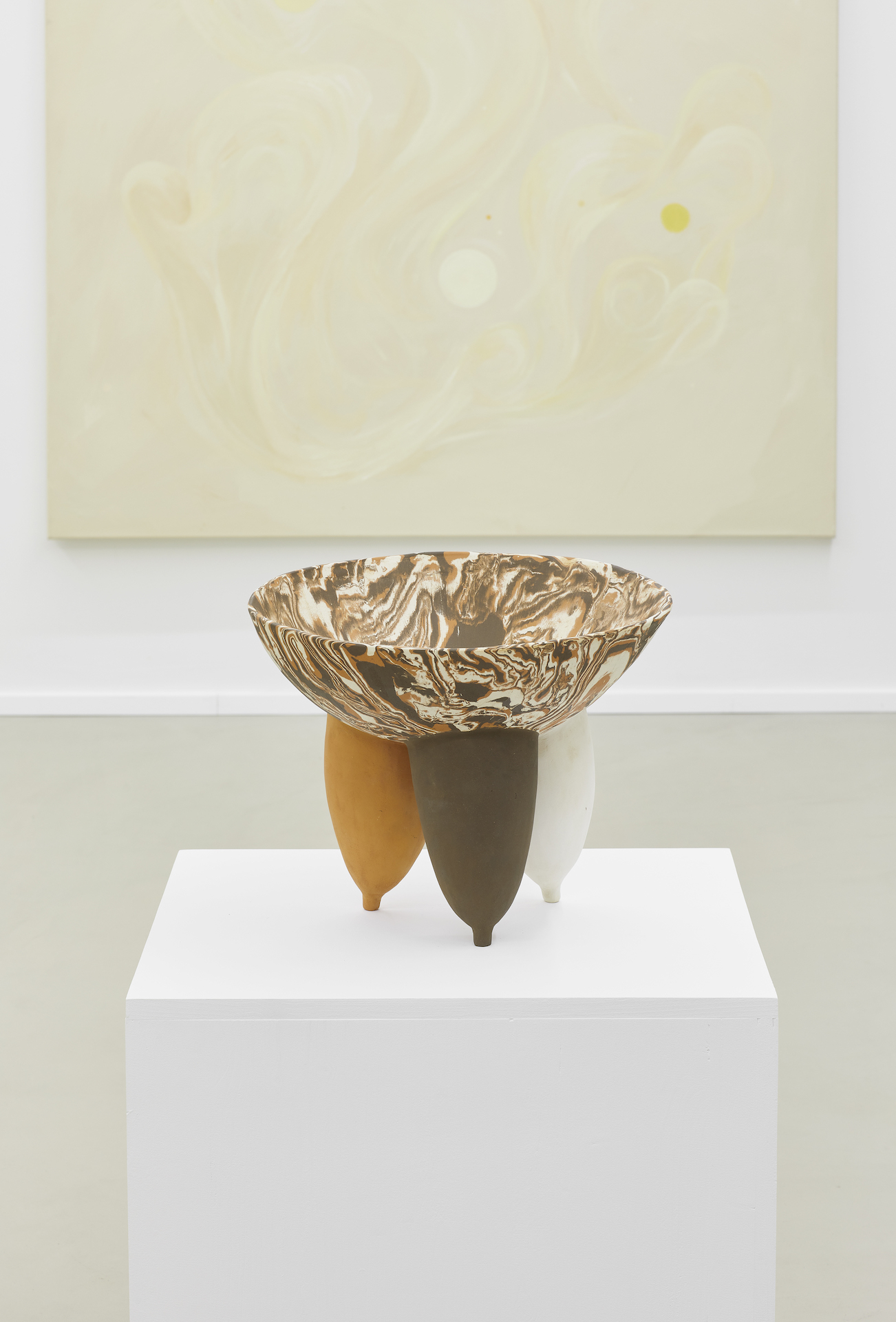

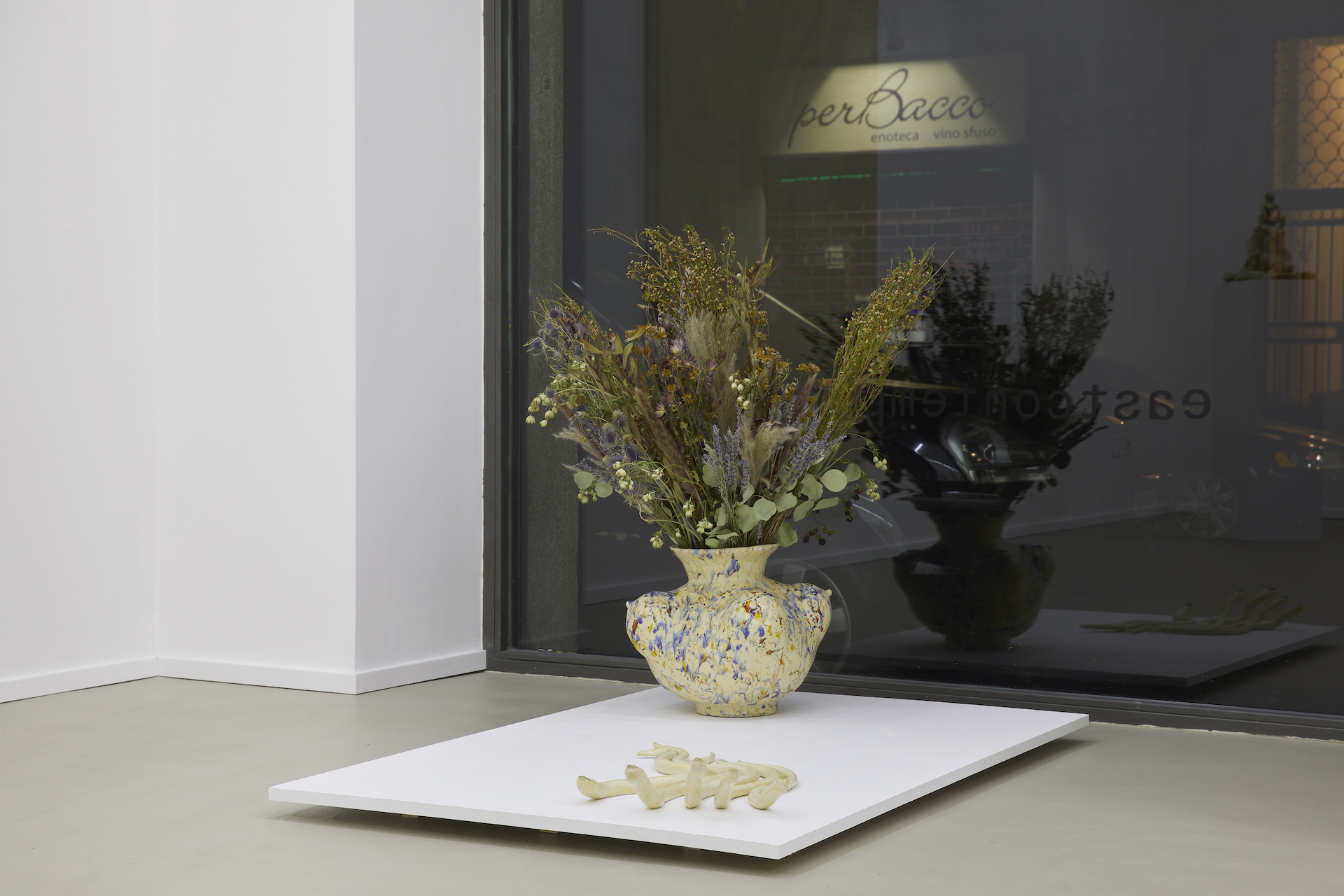

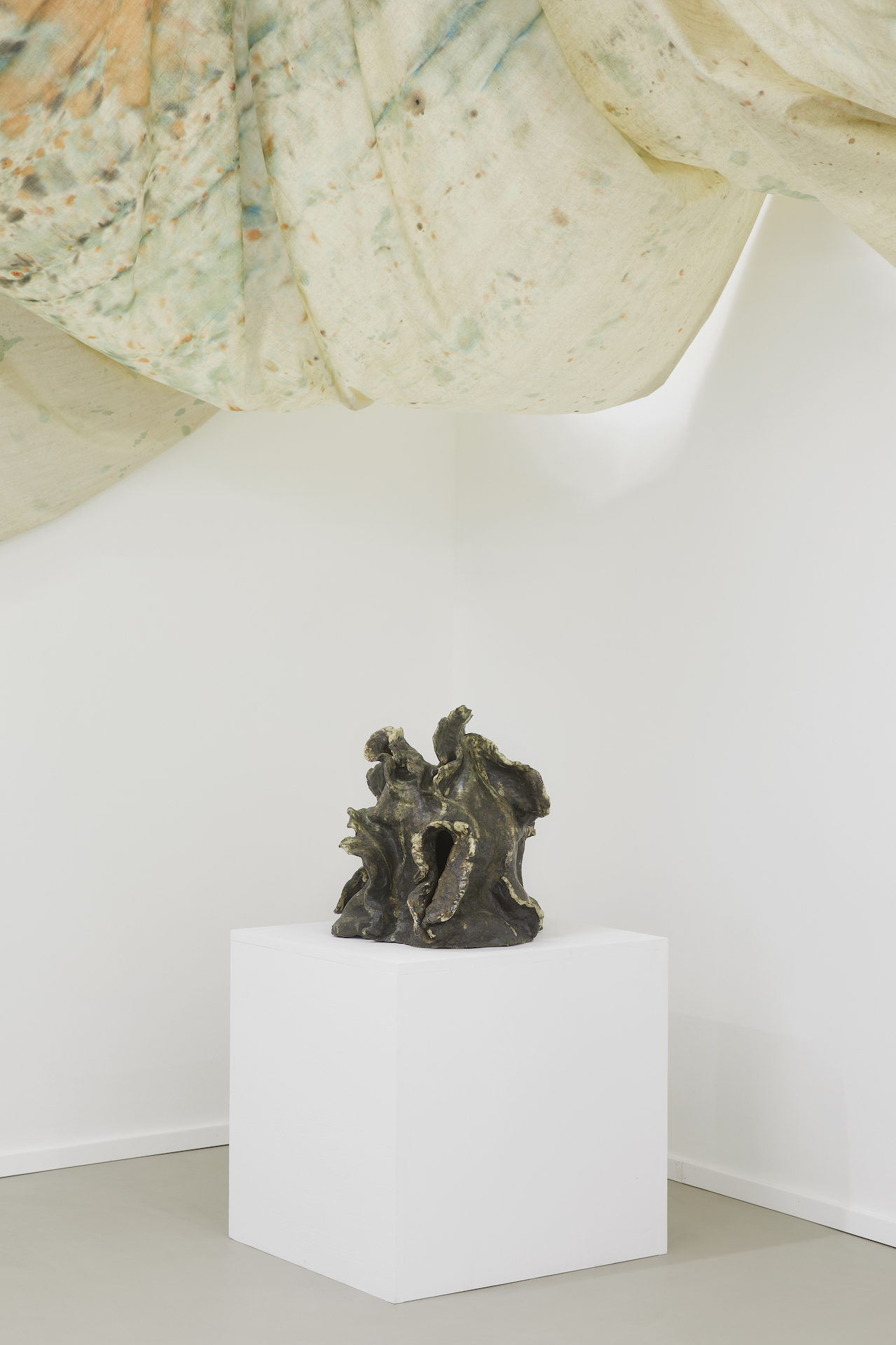
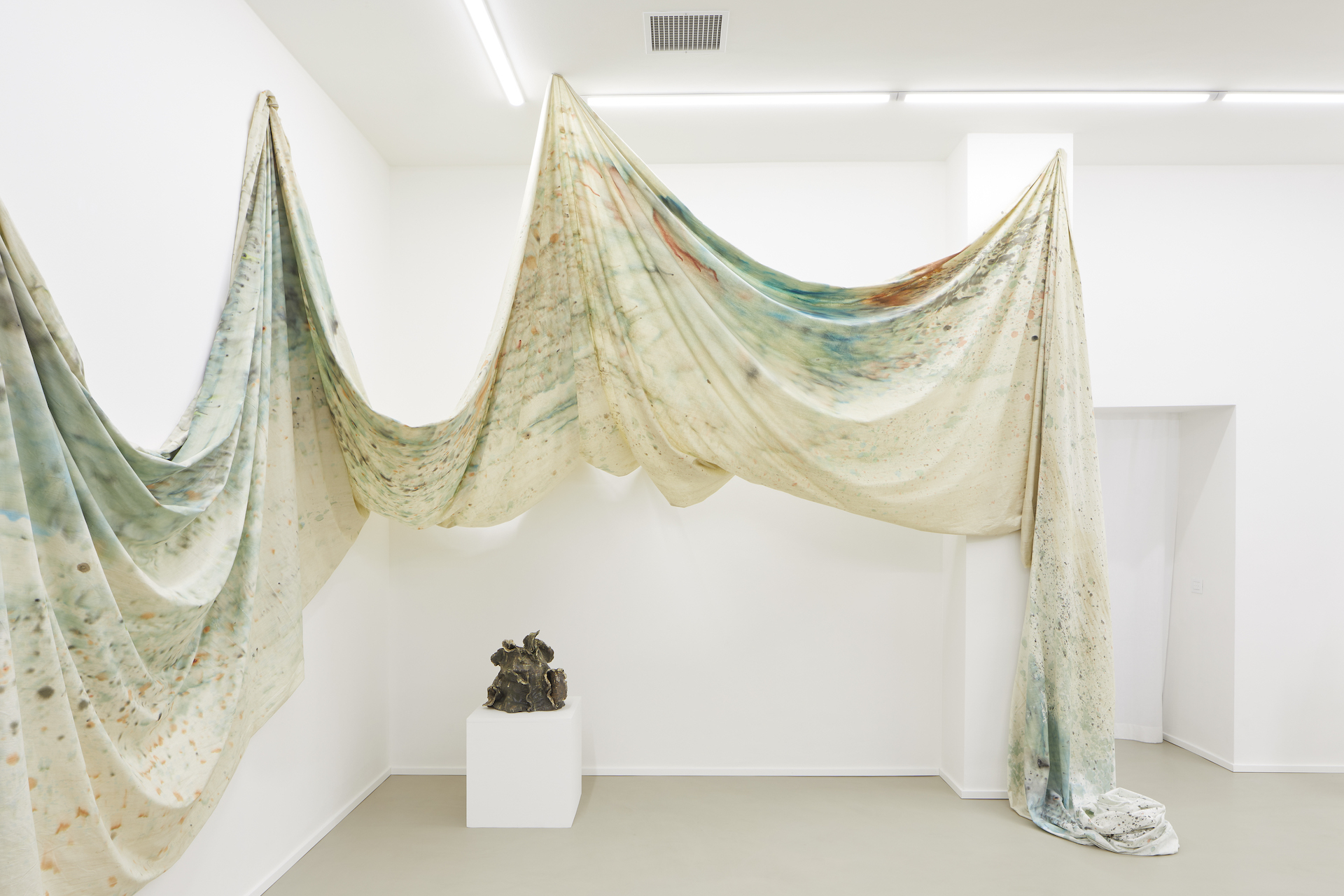

[1] Irigaray, L. (1991), Marine Lover of Friedrich Nietzsche, trans G.C. Gill, Columbia University Press.
[2] Neimanis, A. (2017), Bodies of Water. Posthuman Feminist Phenomenology, Bloomsbury Academic.
[3] Chen C., MacLeod J. and Neimanis A. (2013) Thinking with Water, McGill-Queen’s University Press.
